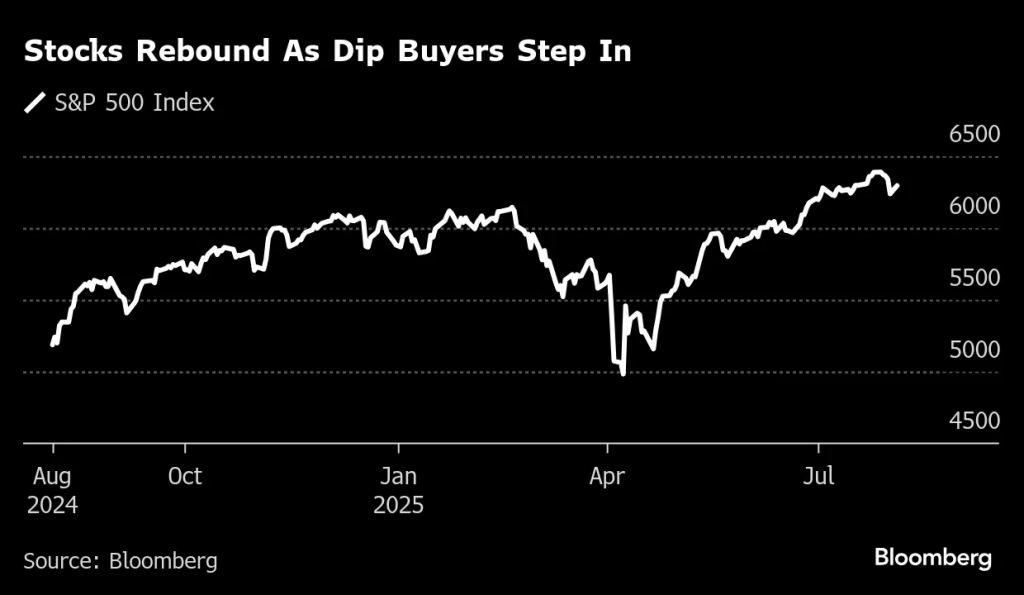- The US economy added 73,000 jobs, missing the forecast of 106,000.
- Market participants are pricing a 92.1% chance of a Fed rate cut in September.
- A Fed Governor unexpectedly resigned on Friday, leaving a gap in the central bank.
Equities rallied on Monday, recovering from Friday’s losses when the US released a downbeat monthly employment report. The rebound came as investors sought bargains. At the same time, there was optimism about lower borrowing costs, which will likely spur economic growth.
Friday was a red day on Wall Street after US data revealed a sharp decline in the labor market. According to the nonfarm payrolls report, the economy added 73,000 jobs, missing the forecast of 106,000. Meanwhile, the unemployment rate increased to 4.2%, meeting estimates.
The report also revealed a sharp downward revision for the previous two months. Soon after the report, Trump fired a top labor official, accusing her of faking the numbers. Meanwhile, equities collapsed amid fears of a rapid slowdown in the labor market.
The figures also led to a surge in Fed rate cut expectations. Currently, market participants are pricing a 92.1% chance of a cut in September. The rebound on Monday came as most investors rushed to buy cheap stocks. However, it was also a reflection of expectations of lower borrowing costs.

S&P 500 Index (Source: Bloomberg)
According to Mike Dickson, head of research and quantitative strategies at Horizon Investments in Charlotte, North Carolina:
“Today is just a little bit of dip-buying. It does show a pretty healthy sign of folks out there looking for an opportunity to get in. It’s a little concerning in the sense that the labor market appears to be weaker than people expected. A bit of an offset to that is the renewed rate cut expectations. There’s a high probability we’re getting a September cut.”
Goldman Sachs analysts expect the Fed to deliver three 25-bps rate cuts this year. Lower borrowing costs will boost the economy and cushion it against further weakness from high tariffs.
Meanwhile, a Fed Governor unexpectedly resigned on Friday, leaving a gap in the central bank. This might give Trump the opportunity to make changes in the bank. For weeks, the US president has called on Powell to cut rates. However, he remained cautious, fearing a spike in inflation. However, with the latest jobs numbers, policymakers might assume a more dovish tone.

